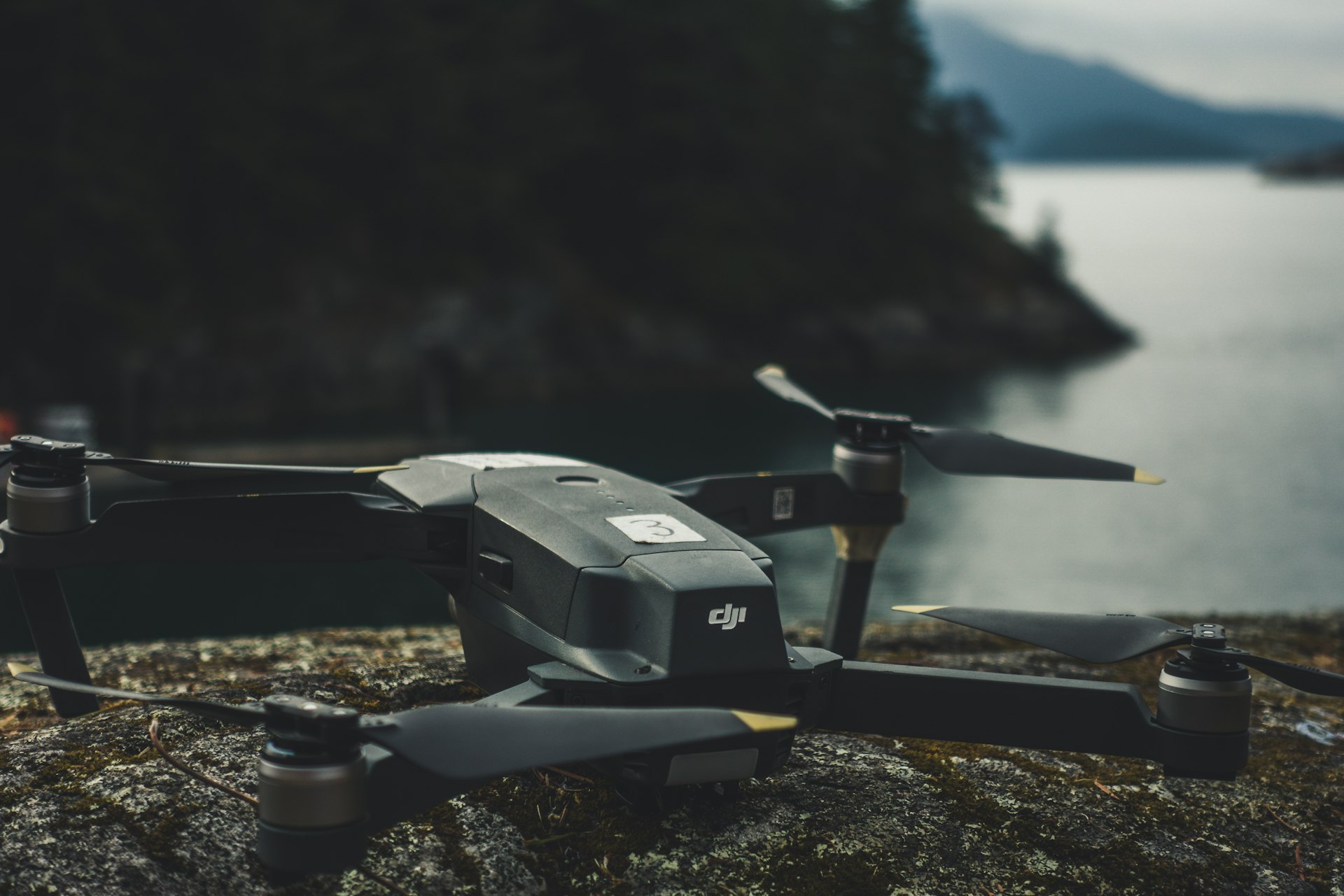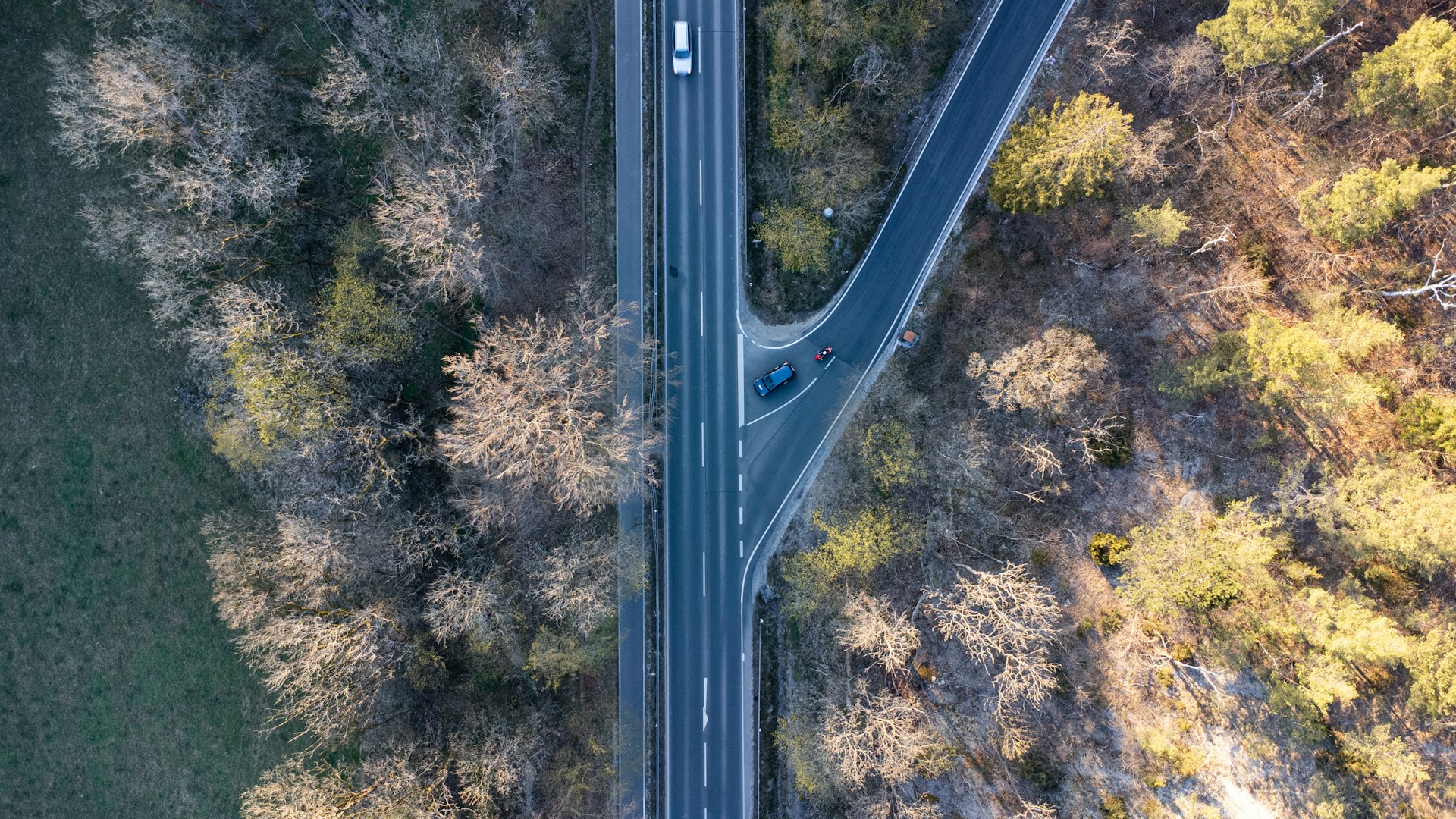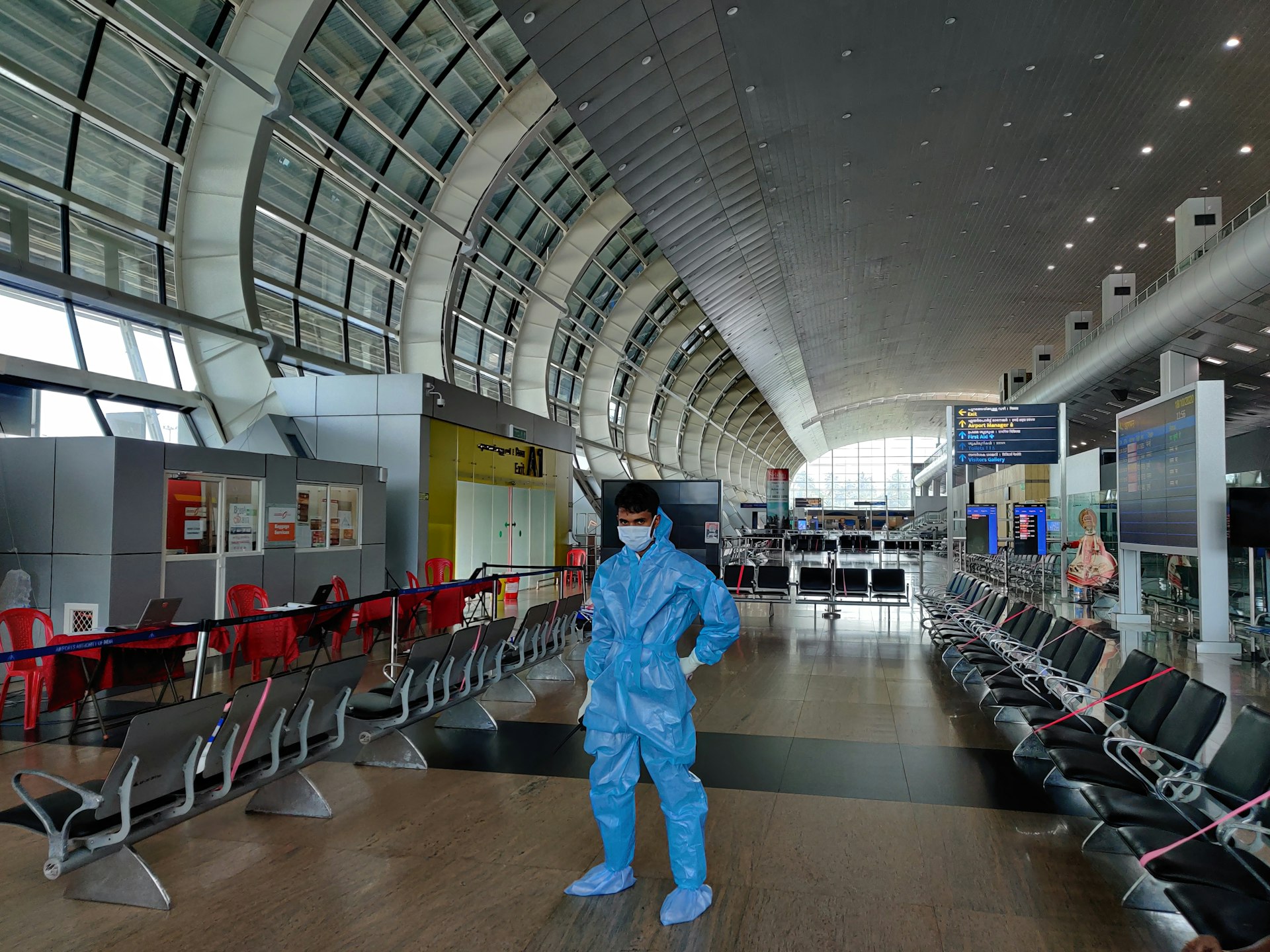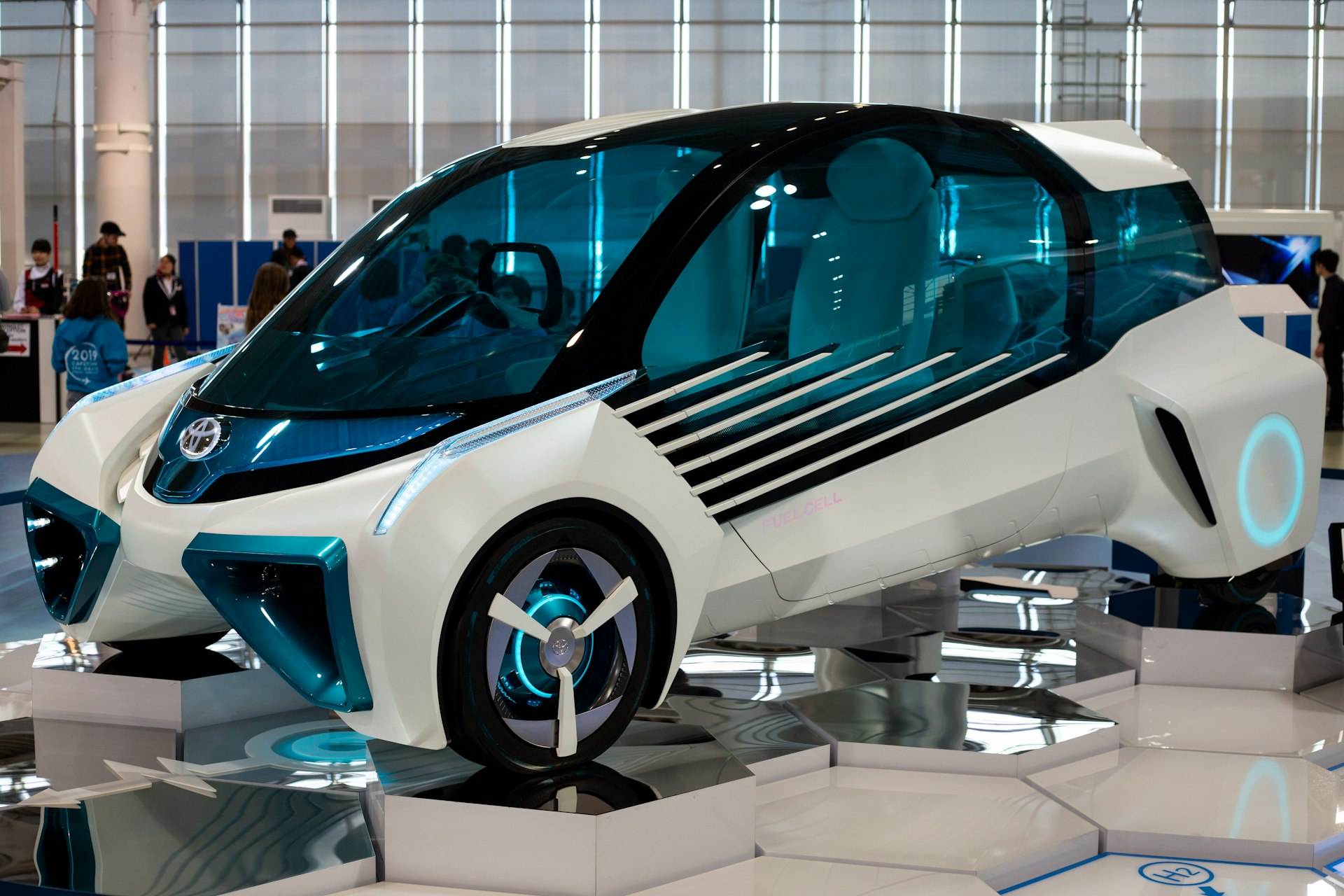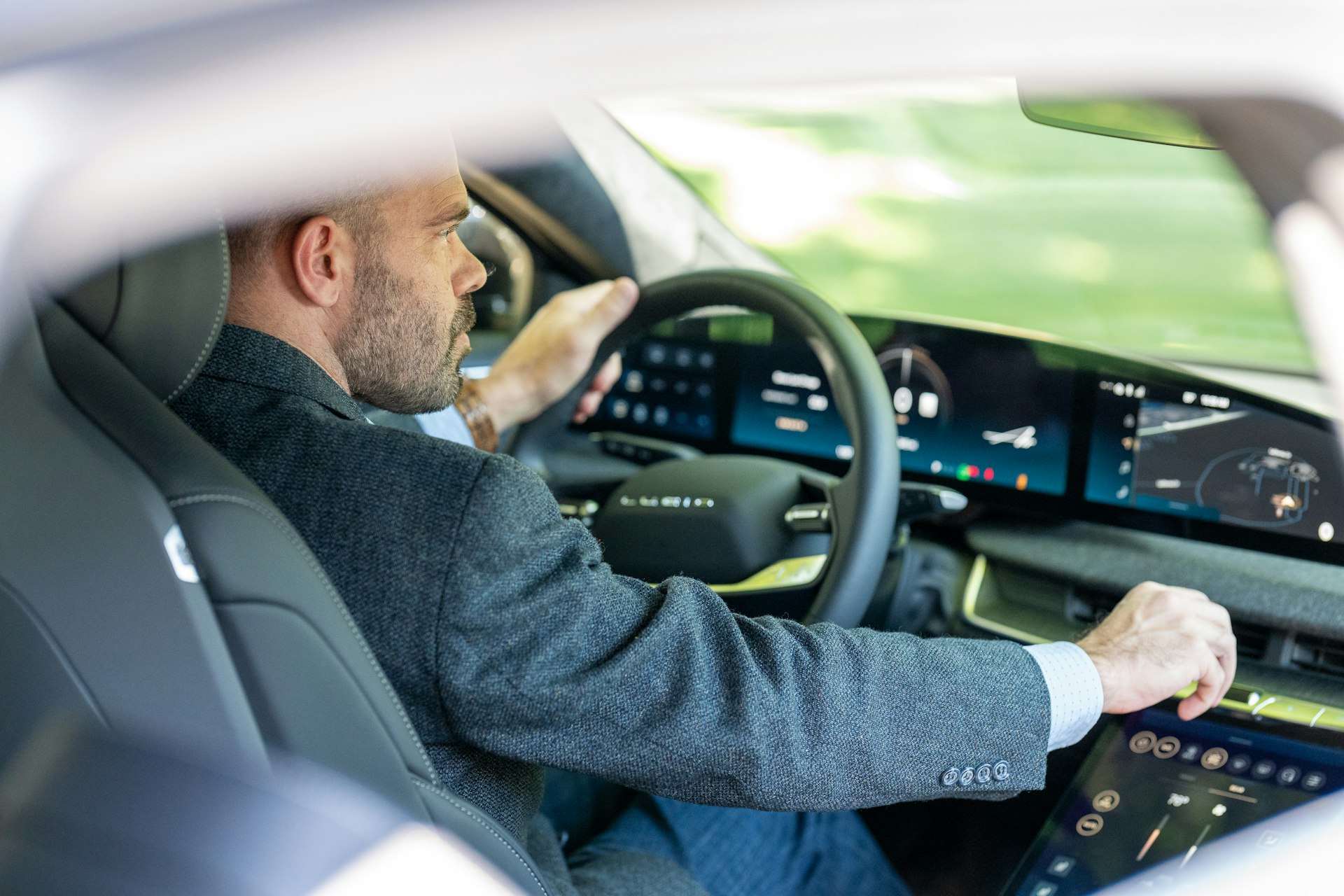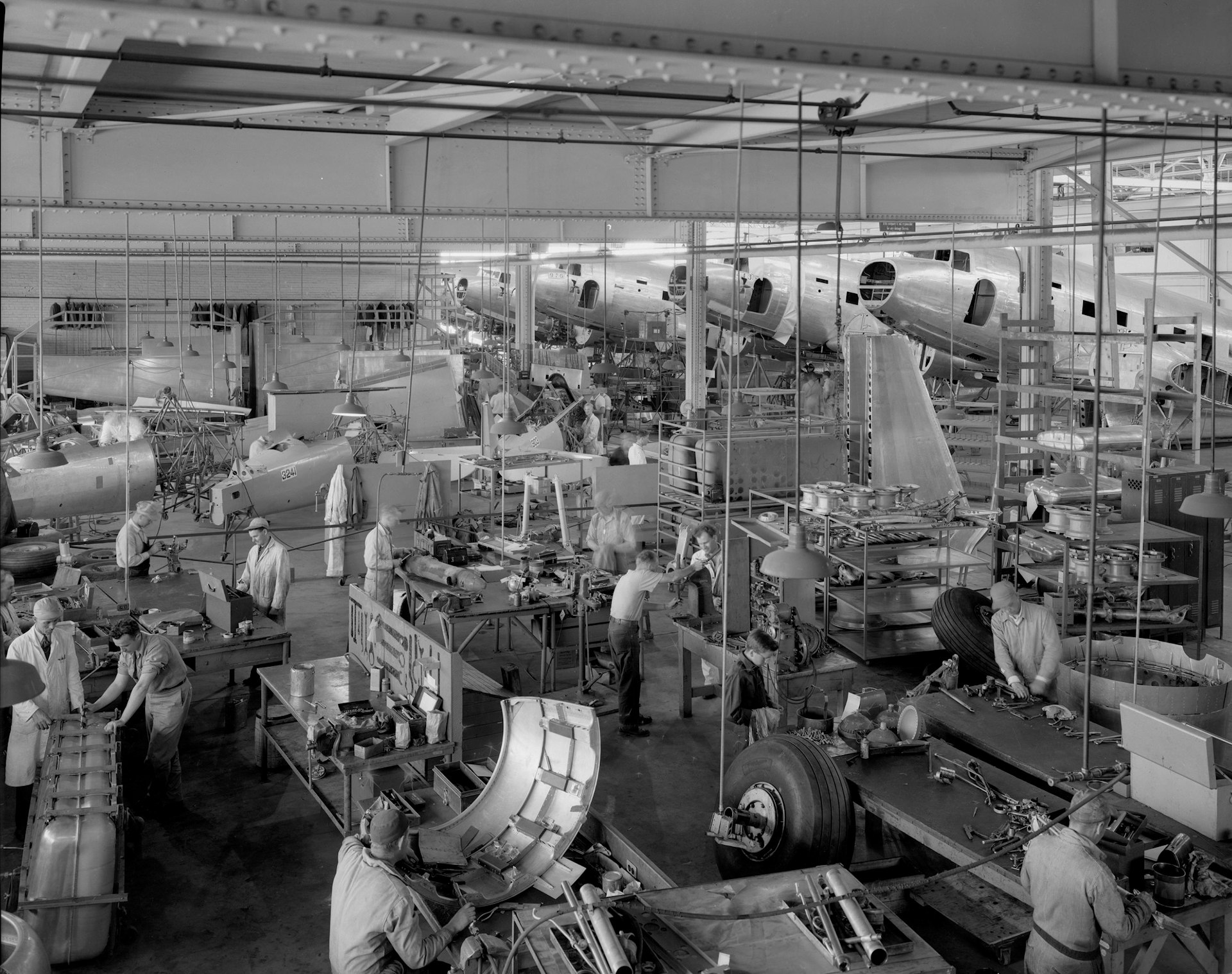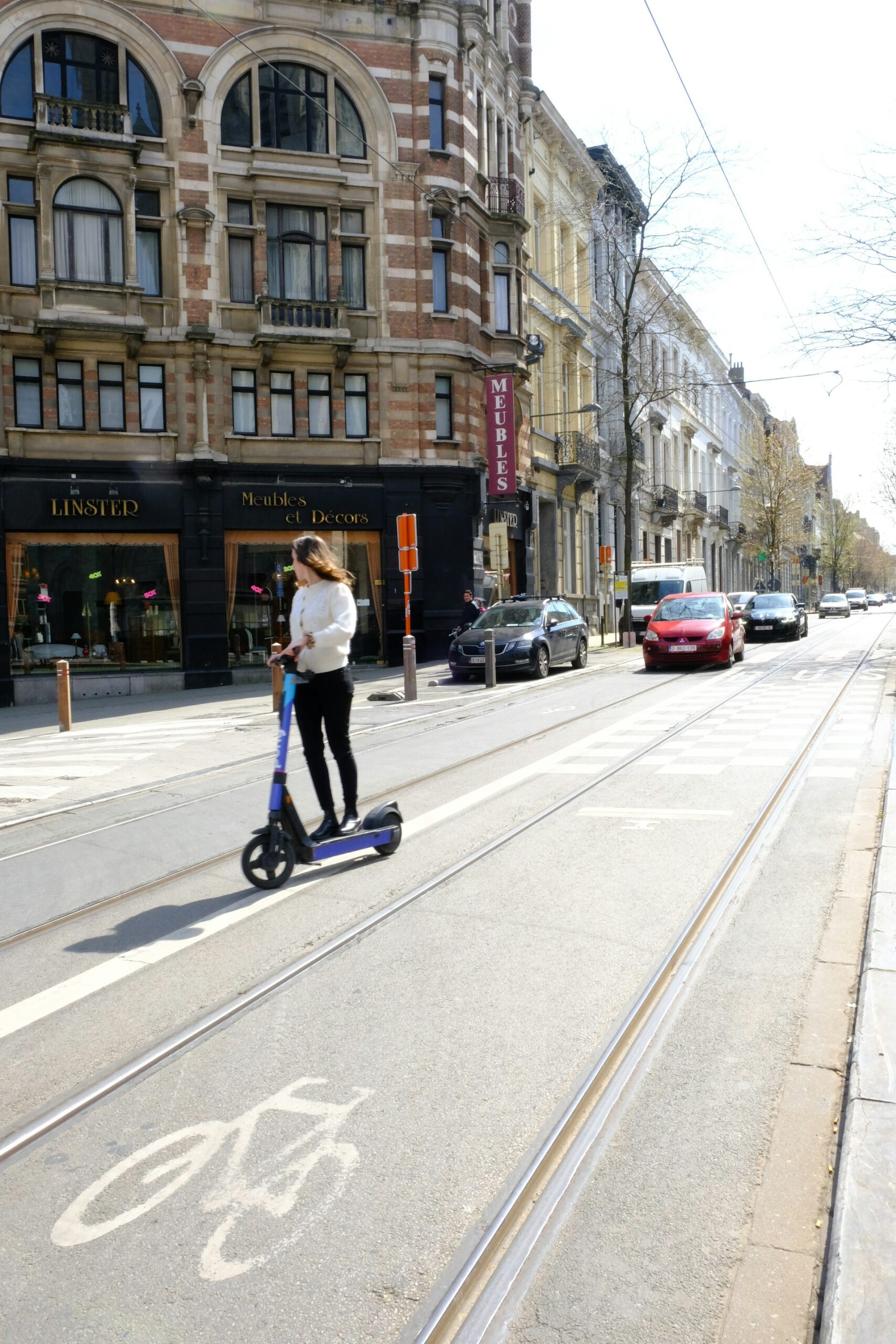How Artificial Intelligence is Transforming Fashion Design Innovation in 2025

Photo by Catgirlmutant on Unsplash
Introduction: The New Era of Fashion Design
Fashion design in 2025 is undergoing a remarkable transformation. Artificial intelligence (AI) is no longer a futuristic concept but a practical, everyday tool that empowers designers, brands, and consumers. From accelerating the design process to making fashion more sustainable and responsive to individual style, AI is redefining every step of the creative journey [1] .
AI in Fashion Design: Enhancing Creativity and Efficiency
Traditionally, designers relied on intuition, trend research, and manual drafting. Today, AI-driven platforms such as Adobe Sensei, Designify, and Fashwell allow designers to:

Photo by Dạy Vẽ Trên Vải on Unsplash
- Analyze millions of fashion images and social trends
- Generate mood boards and sample sketches based on prompts
- Recommend sustainable materials and colorways for upcoming collections
For example, a designer inspired by streetwear and 1970s glam can input these themes into an AI platform, which delivers preliminary sketches, fabric suggestions, and even digital prototypes. This does not replace creativity but enhances it by automating tedious tasks and offering new sources of inspiration [1] . Independent designers benefit most, as AI tools can reduce design timelines from weeks to days and cut costs on sampling and photoshoots [4] .
AI-Generated Photorealism: Revolutionizing Visualization
AI is advancing the realism and interactivity of digital fashion content. Modern algorithms generate photorealistic images for:
- Digital art and illustrations, enabling intricate, detailed concepts
- Advertising campaigns, with AI-generated scenes tailored to brand messaging
- Augmented and virtual reality, creating lifelike try-on experiences and immersive showrooms
Brands now use AI to create virtual models and runways, reducing the need for physical samples and travel. However, as photorealism grows, ethical concerns arise, including the risk of deepfakes. The industry is responding by setting guidelines and developing verification tools [2] .
Data-Driven Trend Forecasting and Personalization
One of AI’s most powerful applications is in trend forecasting. Solutions like Heuritech analyze millions of social media images and consumer data to predict what colors, patterns, and silhouettes will trend. This helps brands:
- Reduce inventory waste by up to 40%
- Respond rapidly to emerging trends
- Cut their carbon footprint significantly
For consumers, AI enables hyper-personalized recommendations-digital stylists that suggest outfits based on past purchases, browsing behavior, and even body shape. This level of personalization was previously unattainable without massive manual effort [3] .
Sustainability and Circular Fashion Enabled by AI
The fashion industry is under pressure to reduce waste and emissions. AI tools are helping brands implement circular fashion models by:
- Optimizing pattern layouts to reduce fabric waste
- Predicting demand to prevent overproduction
- Classifying second-hand garments for resale platforms
- Using computer vision to assess garment quality and authenticity
For instance, luxury resale platforms like The RealReal utilize AI-based tools to verify authenticity and optimize listings, streamlining operations and building consumer trust. These innovations are crucial for cutting costs, increasing operational efficiency, and supporting sustainability initiatives [5] .
Step-by-Step Guidance: How to Leverage AI for Fashion Design Innovation
- Identify Your Needs: List the areas where you want to improve-creativity, efficiency, cost, sustainability, or personalization.
- Research AI Tools: Look for platforms such as Adobe Sensei, Fashwell, or Heuritech. Many offer free trials or entry-level packages suitable for independent designers.
- Test and Integrate: Start with a small project. Use AI to generate sketches, forecast trends, or create digital prototypes. Compare results with traditional methods.
- Gather Feedback: Share AI-generated designs with your team or customers. Use their input to refine your process.
- Scale Up: Once comfortable, expand AI integration to other aspects like marketing, inventory management, and sustainability tracking.
- Stay Informed: Keep up with the latest AI developments by following reputable industry publications, attending webinars, and networking with peers.
If you are unsure which AI tool best fits your needs, you can search for independent product reviews from established technology media, or consult industry analysts for recommendations. Many universities and professional organizations also offer webinars and courses on AI in fashion design.
Challenges and Solutions in Implementing AI
While AI offers tremendous advantages, there are challenges to consider:
- Data Quality: AI relies on accurate and representative data. Brands must ensure their data is clean, current, and ethically sourced.
- Creative Control: Some fear AI may dilute unique design voices. The best results come from combining human intuition with AI-powered insights.
- Ethics and Bias: AI algorithms can inherit biases from training data. Regular audits, transparency, and diverse input can mitigate this risk.
Fashion brands are addressing these challenges by forming interdisciplinary teams, investing in AI literacy, and building clear guidelines for ethical AI use.
Alternative Approaches and Additional Resources
AI is just one of several digital tools driving innovation in fashion. Other approaches include:
- 3D design software for virtual prototyping
- Blockchain for supply chain transparency
- IoT sensors for tracking garment lifecycle and user feedback
To learn more about these technologies, you can attend fashion tech conferences, subscribe to industry journals, or enroll in online courses from recognized institutions.
Accessing AI-Driven Fashion Innovation
If you are a designer, brand, or entrepreneur interested in AI-powered innovation, consider the following steps:
- Visit the official websites of leading AI platforms (such as Adobe, Fashwell, or Heuritech) to explore demos, case studies, and pricing.
- Contact local fashion associations or business incubators for workshops and training on AI in fashion.
- Search for online communities and forums dedicated to fashion tech, where professionals share experiences and offer peer support.
For government support and funding opportunities, you can check with your country’s Department of Commerce, Ministry of Industry, or Small Business Administration by visiting their official websites and searching for ‘fashion technology grants’ or ‘digital transformation programs’.
Conclusion: The Path Forward
AI is now an essential partner in fashion design, offering speed, precision, and limitless creative potential. By adopting AI responsibly and strategically, both large brands and independent designers can unlock new levels of innovation, sustainability, and customer satisfaction in the years to come.
References
- [1] Ayer HS Magazine (2025). AI and Fashion: Revolutionizing Design and Consumer Experience.
- [2] SG Analytics (2025). The Future of AI in Fashion: Trends for 2025.
- [3] Heuritech (2025). AI and Creativity in Fashion: Bridging Gaps.
- [4] World Collective (2025). Top AI Fashion Design Tools for Independent Designers in 2025.
- [5] AI Multiple (2025). Top 10 AI in Fashion Use Cases & Examples in 2025.
MORE FROM ismath.net
